Recognizing Major Organs and Structures of the Body
Objective 1.4
1.4.1 Identify and describe the basic function of the 11 organ systems.
1.4.2 Identify the major organs/structures of the body and the major body cavity they occupy.
1.4.3 Locate the major bones of the body.
Body systems are made up of cooperating organs which, together, perform common functions. We will briefly explore each body system and provide examples of their structure and function.
Integumentary (Skin) (Unit 8)
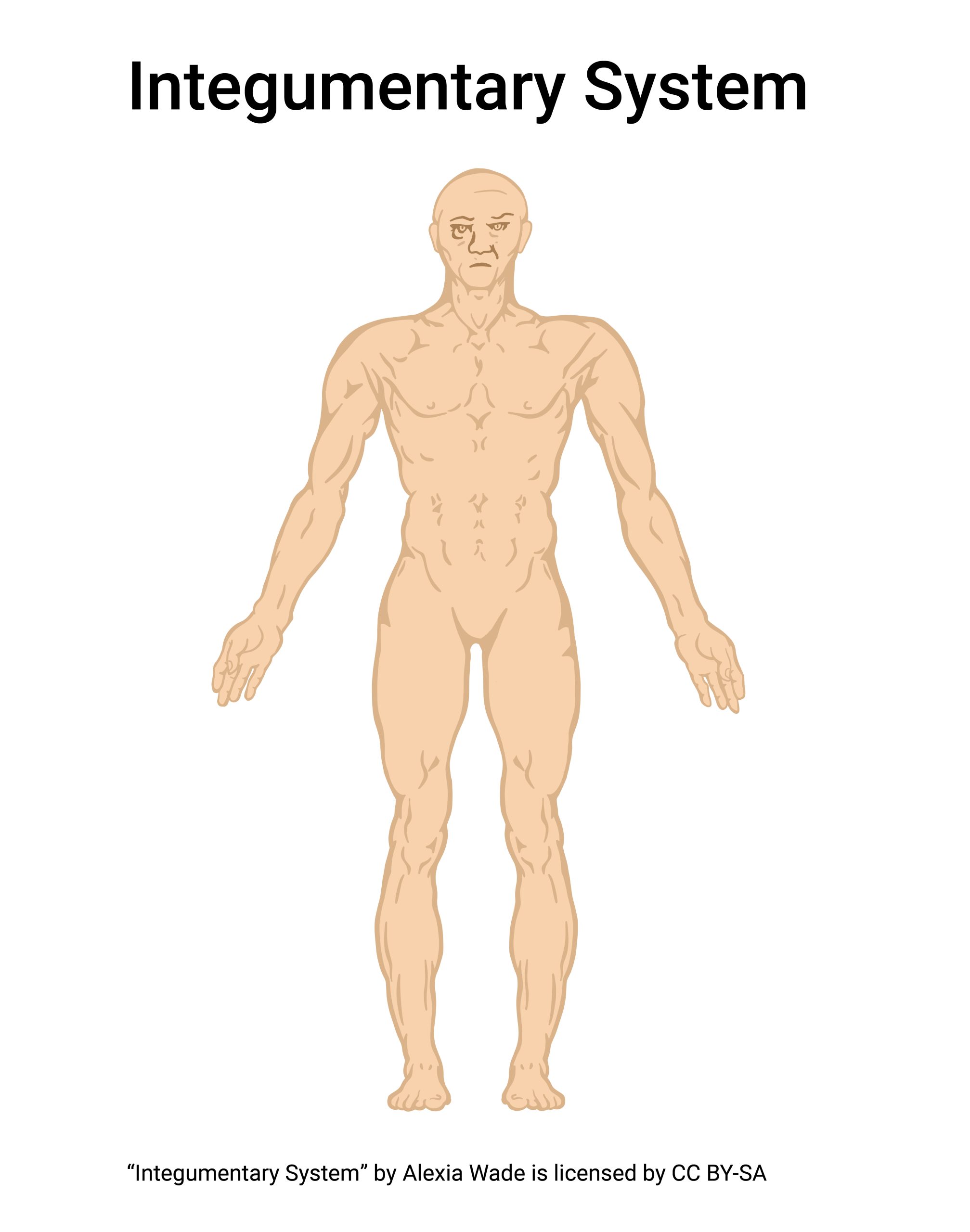
Functions: Protects the body, helps regulate body temperature, eliminates some wastes, helps make vitamin D, detects sensations such as touch, pain, warmth, and cold.
Organs/Structures to know: none for unit 1
Skeletal (Unit 9)
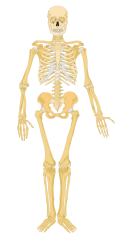
Functions: Supports and protects the body, provides a surface area for muscle attachments, aids body movements, houses cells that produce blood cells, stores minerals and lipids (fats).
Organs/Structures to know: It is important to learn a few of the “landmark” bones in the human body. You should be able to identify each of the bones listed.
Identify these Major Bones on the Diagram:
- Radius
- Ulna
- Carpals
- Metacarpals
- Phalanges
- Pelvis
- Femur
- Patella
- Tibia
- Fibula
- Tarsals
- Metatarsals
- Phalanges
- Skull
- Vertebral column
- Sternum
- Ribs
- Clavicle
- Scapula
- Humerus
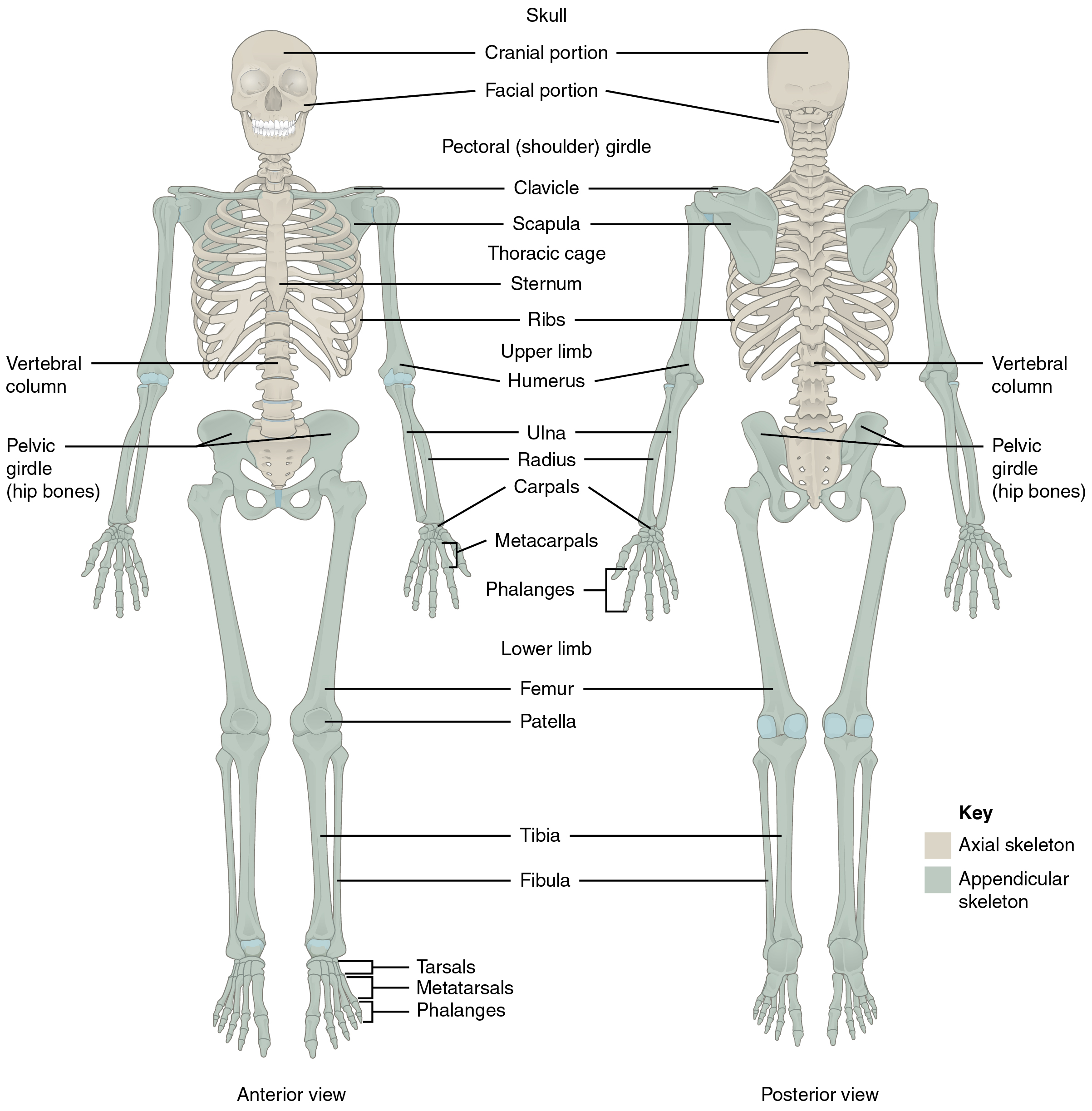
Muscular (Unit 10)
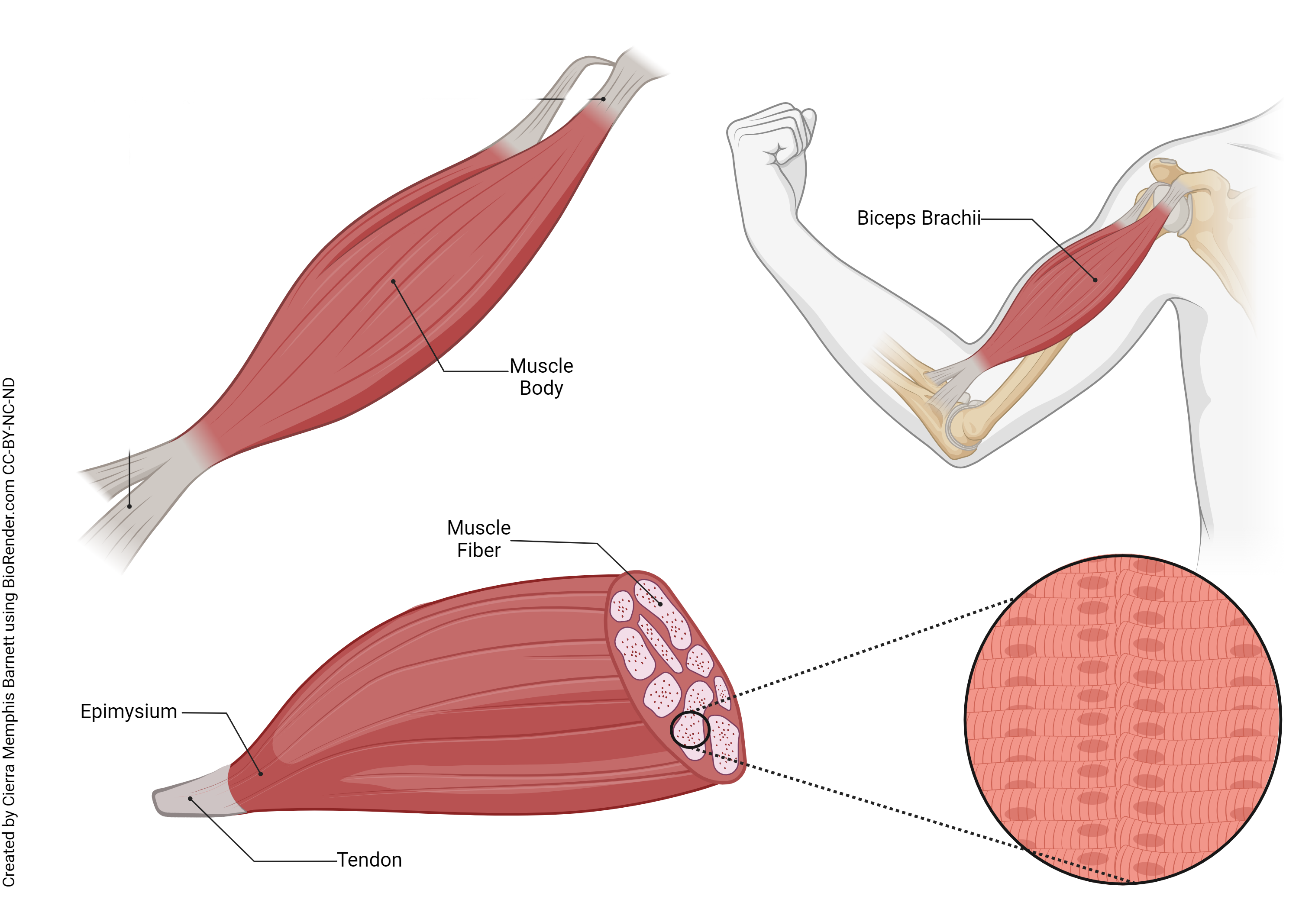
Functions: Produces body movements (such as walking), stabilizes body position (posture), generates heat, and stores and moves substances within the body (bladder, gut, lymph, peristalsis).
Organs/Structures to know: none for unit 1
Nervous (Units 11–9)
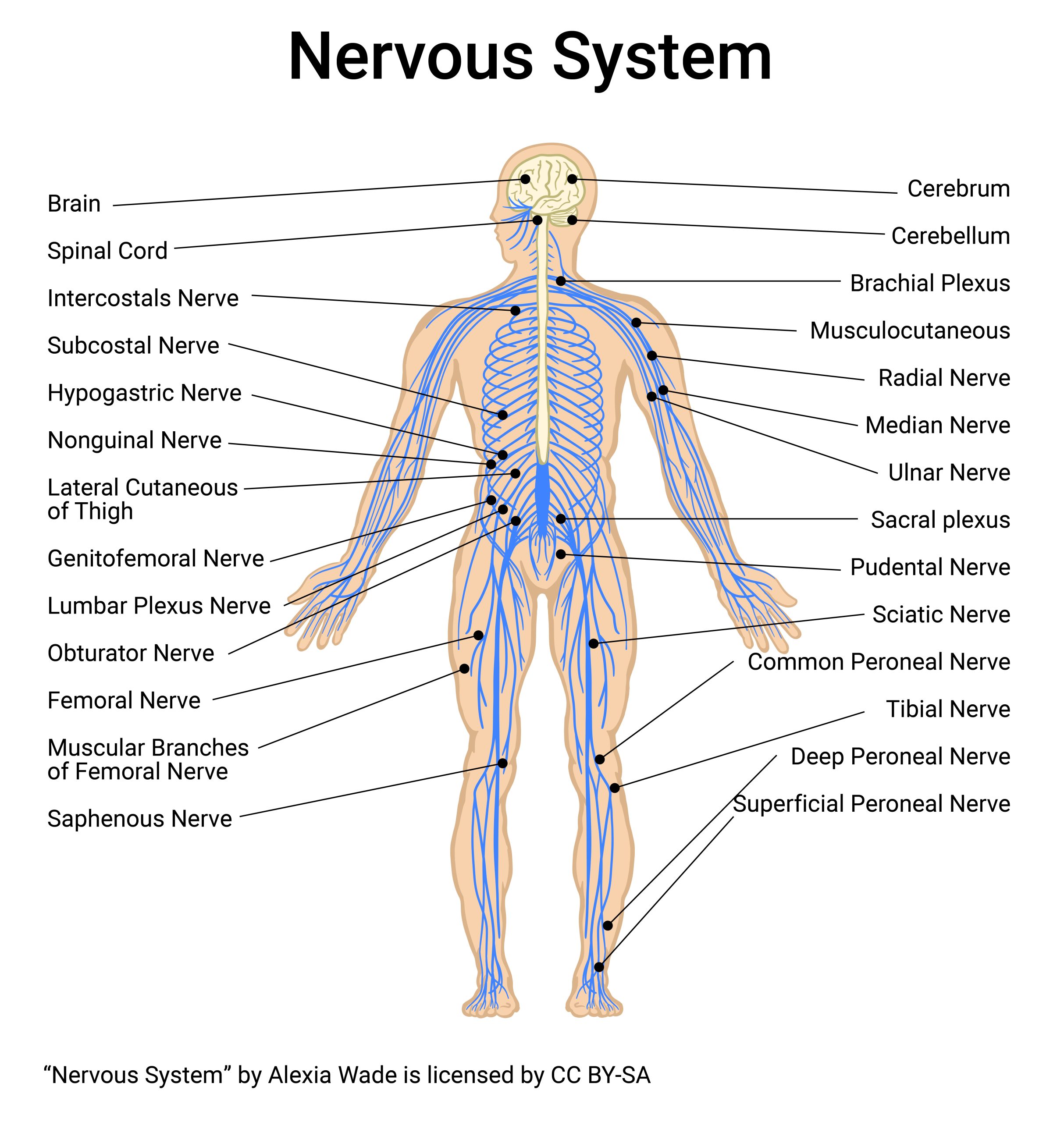
Functions: Generates action potentials (nerve impulses) to regulate body activities, detects changes in the body’s internal and external environments, interprets the changes, and responds by causing muscular contractions or glandular secretions, or interfacing with other neurons.
Organs/Structures to know: Brain (cerebrum + cerebellum), spinal cord
Endocrine (Unit 14)
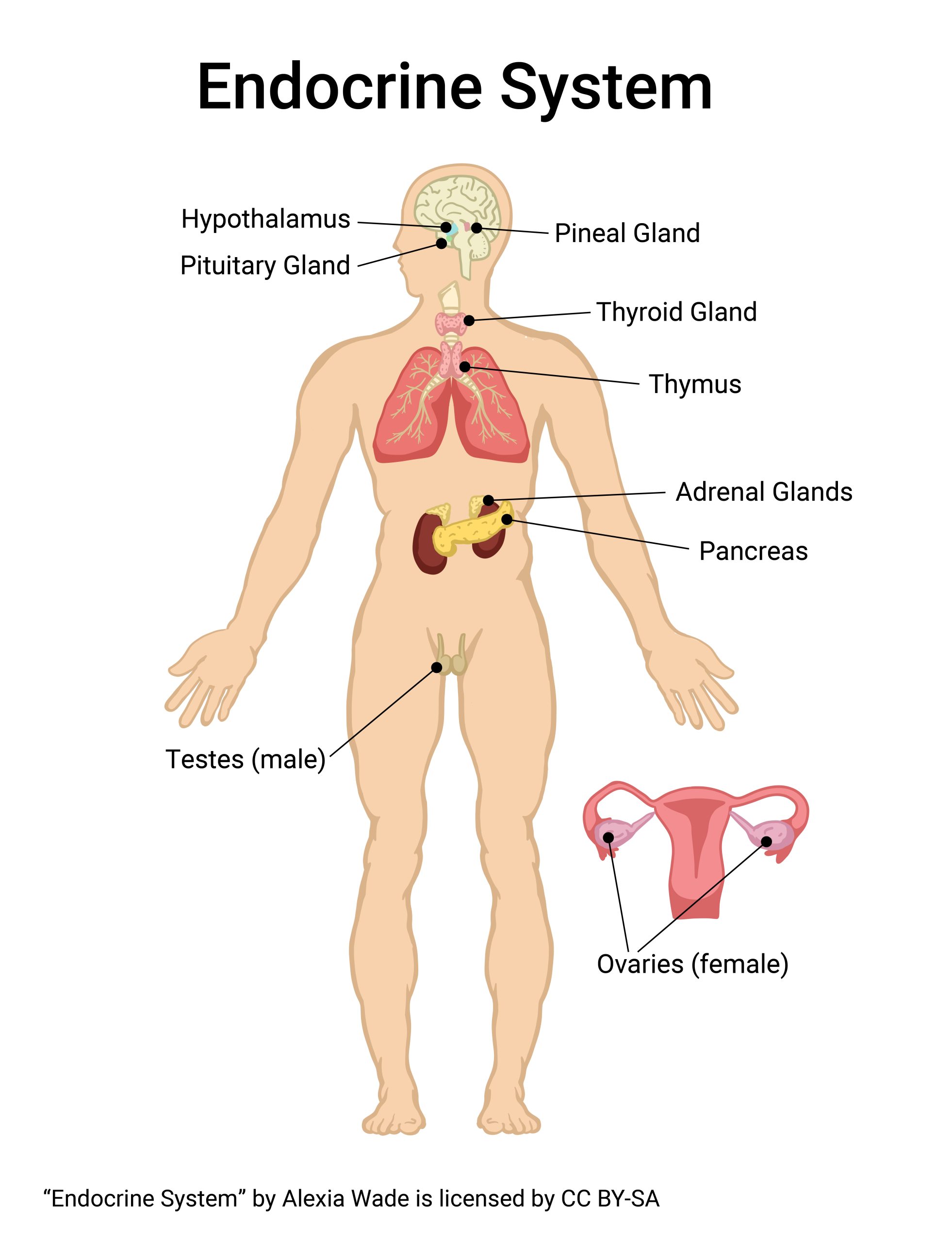
Functions: Regulates body activities by releasing hormones, which are chemical messengers transported in the blood from an endocrine gland or tissue to a target organ.
Organs/Structures to know: Hypothalamus, thyroid gland, thymus gland, adrenal glands, pancreas, testes (♂), ovaries (♀).
Lymphatic (Unit 15)
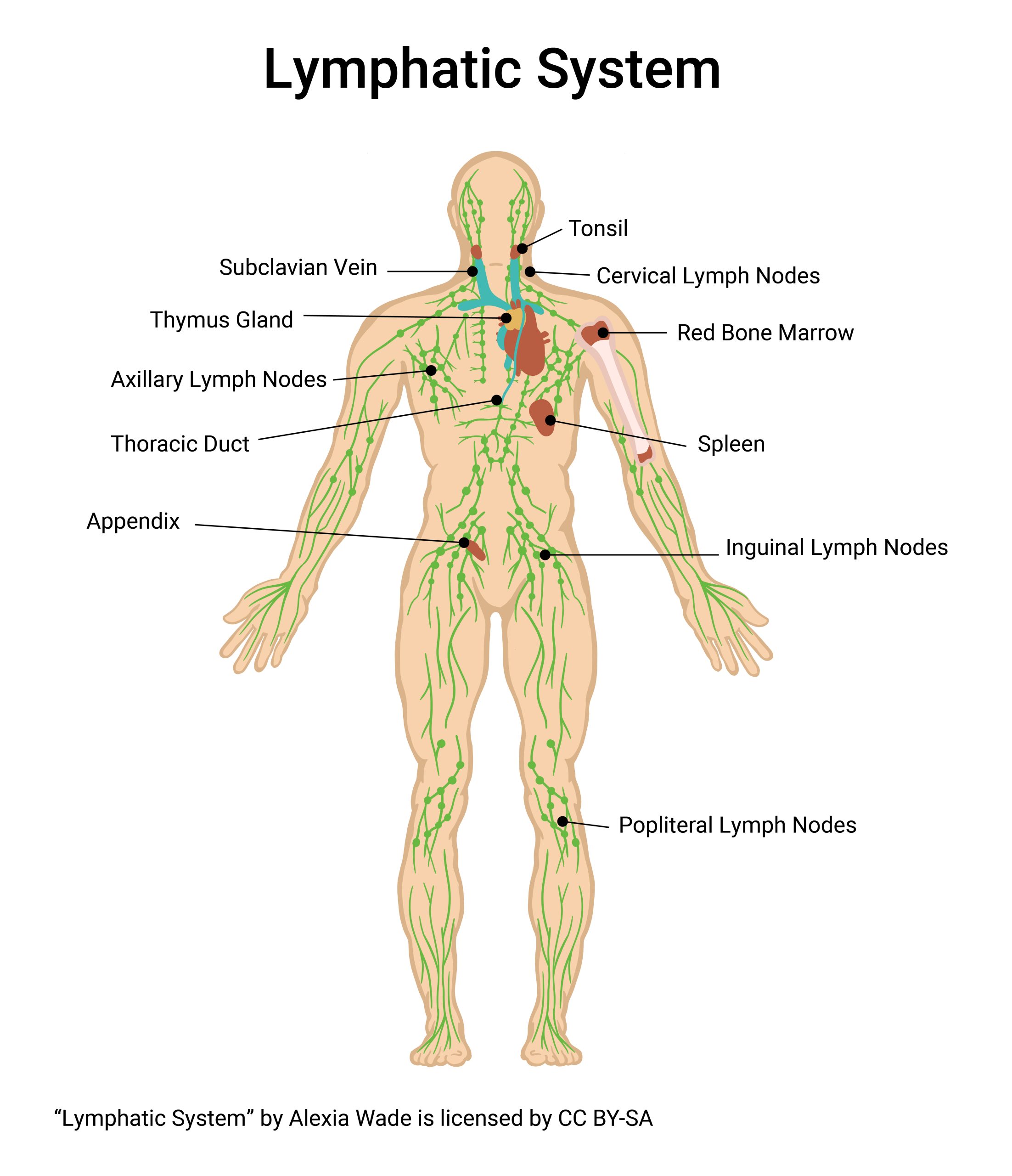
Functions: Returns proteins and fluid to blood. The lymphatic system includes structures where lymphocytes mature and proliferate. Lymphocytes are a type of white blood cell that protect against disease-causing microbes.
Organs/Structures to know: Thymus gland, spleen, appendix
Cardiovascular (Units 15–16)
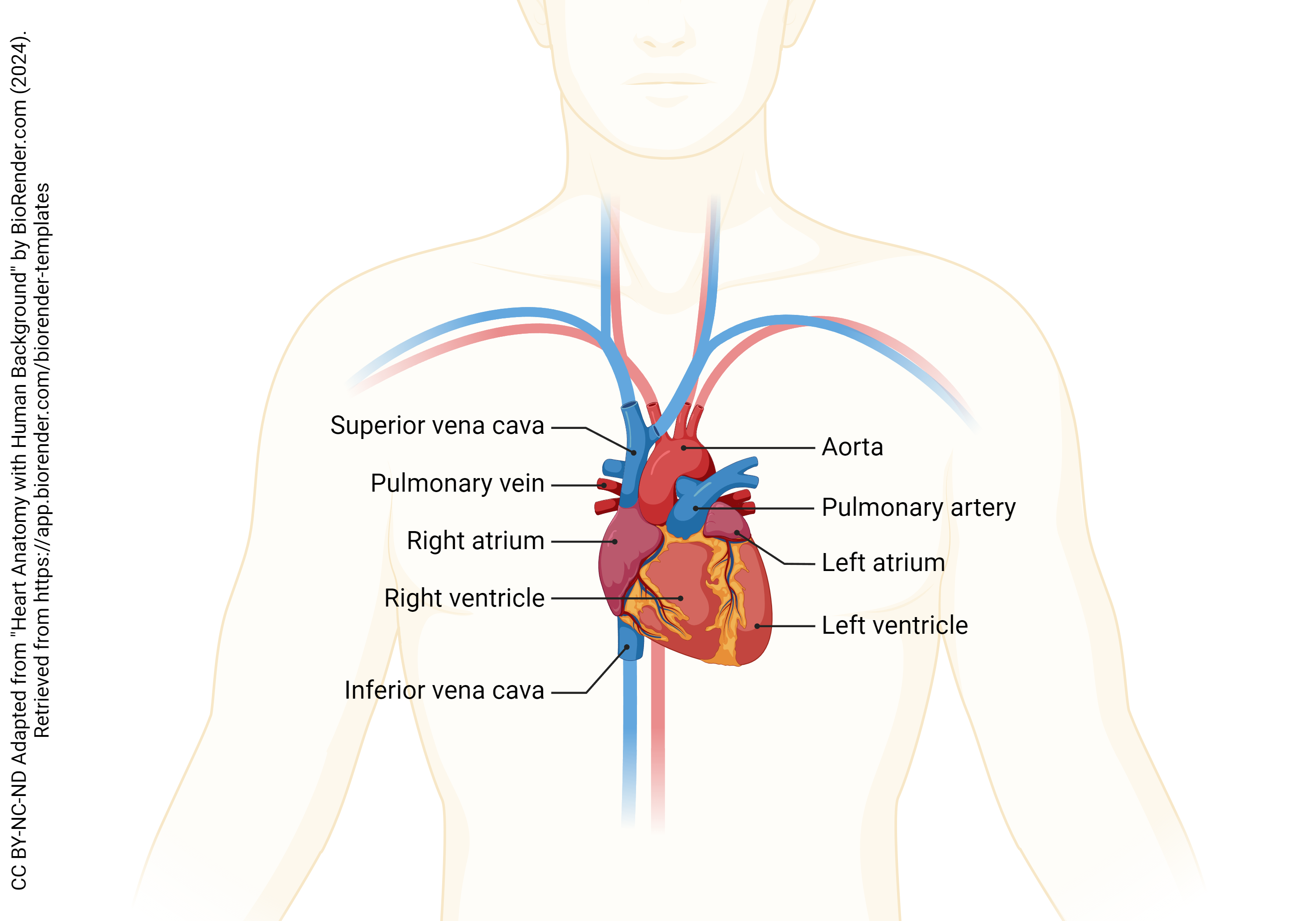
Functions: Heart pumps blood through blood vessels; blood carries oxygen and nutrients to cells and carbon dioxide and waste products away from cells and helps regulate acid-base balance, temperature, and water content of body fluids; blood components help defend against disease and repair damaged blood vessels.
Organs/Structures to know: Superior vena cava, inferior vena cava, heart, right and left atrium, right and left ventricle.
Respiratory (Unit 17)
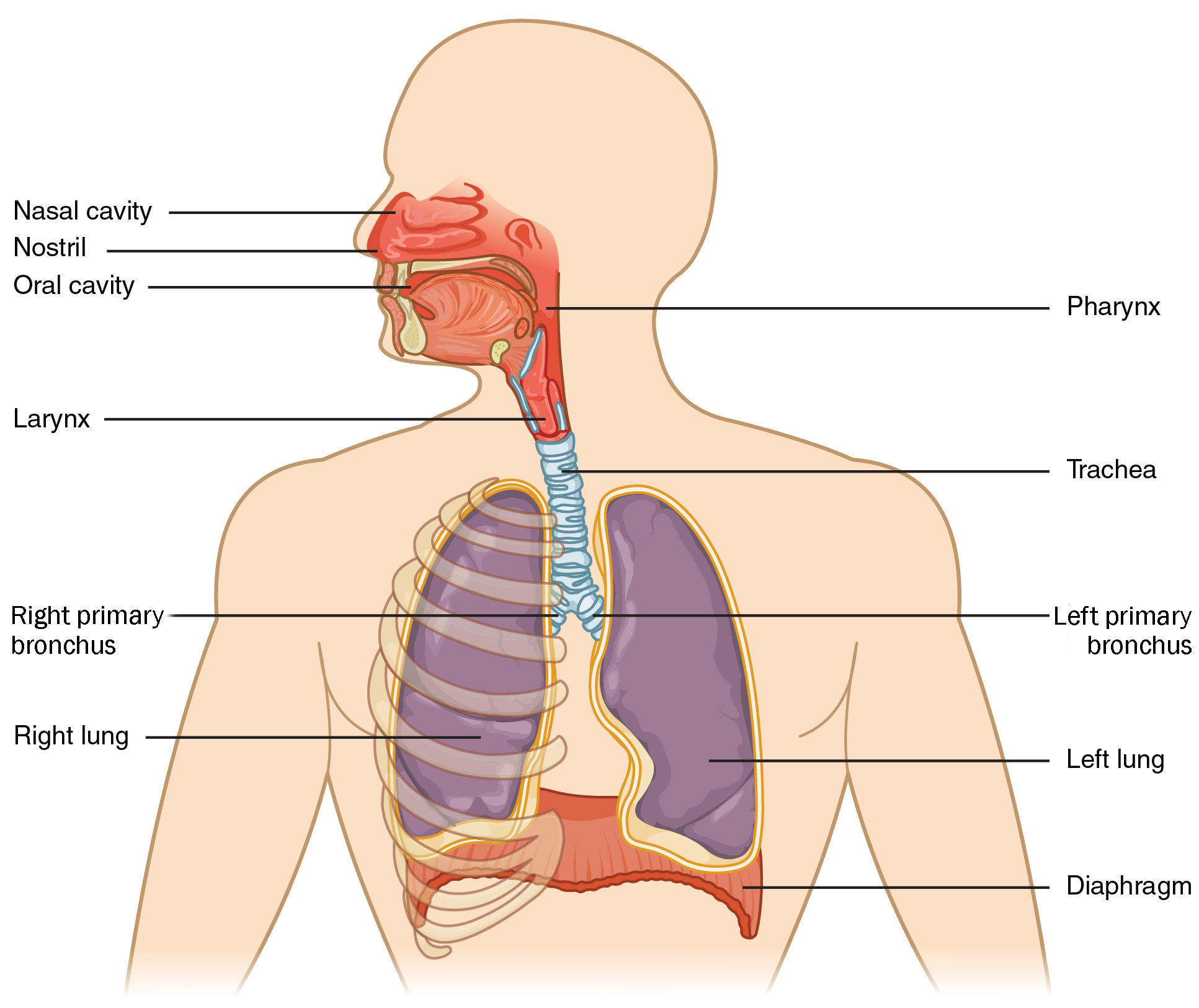
Functions: Transfers oxygen from inhaled air to blood and carbon dioxide from blood to exhaled air; helps regulate acid-base balance of body fluids; air flowing out of lungs through vocal cords produces sounds.
Organs/Structures to know: Nostrils/nasal cavity, oral cavity, larynx, trachea, lungs, diaphragm
Digestive (Unit 18)
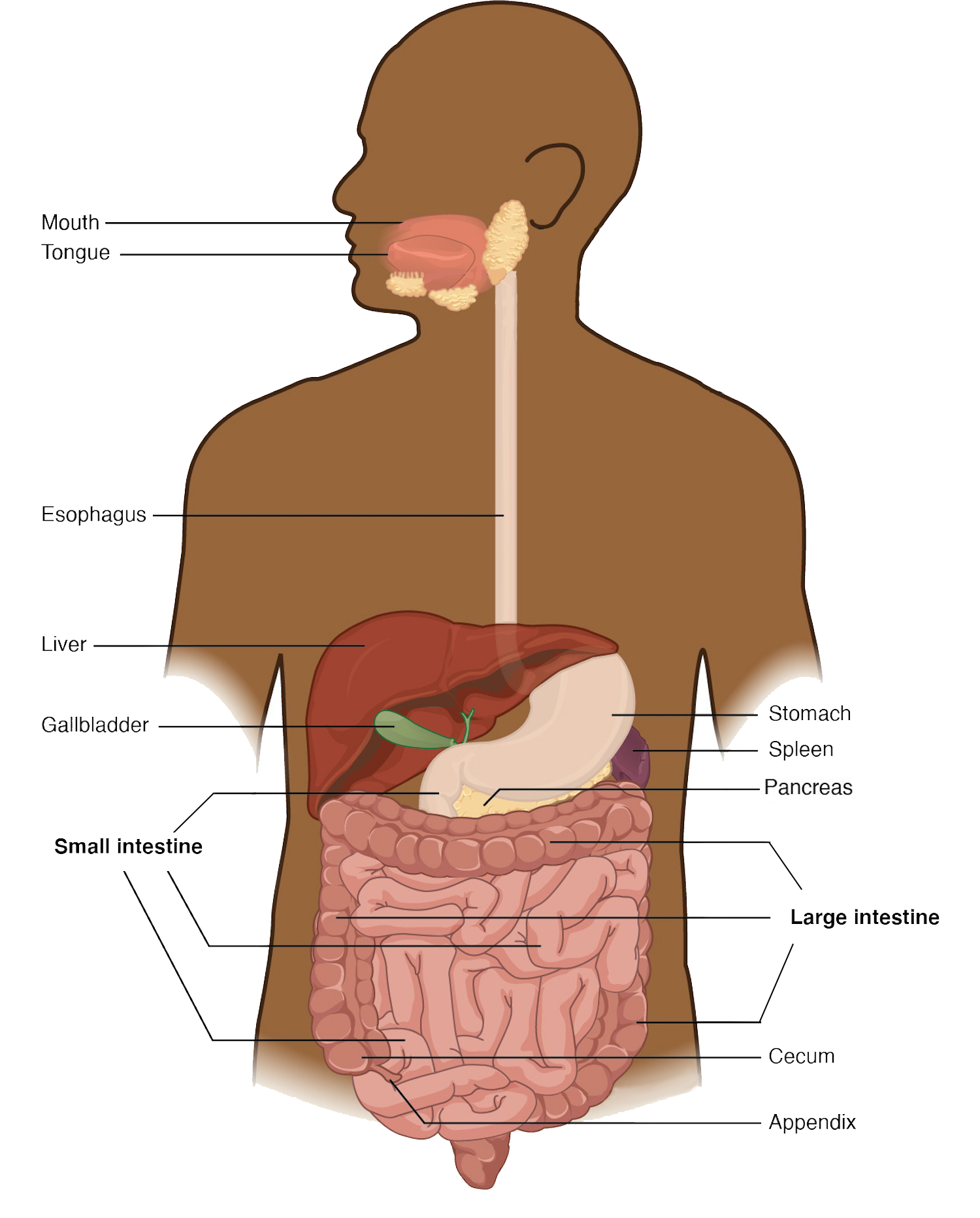
Functions: Achieves physical and chemical breakdown of food, absorbs nutrients and water, eliminates solid wastes.
Organs/Structures to know: Mouth/tongue, esophagus, stomach, small intestine, large intestine, cecum, appendix, liver, gallbladder, spleen, pancreas
Urinary (Unit 19)
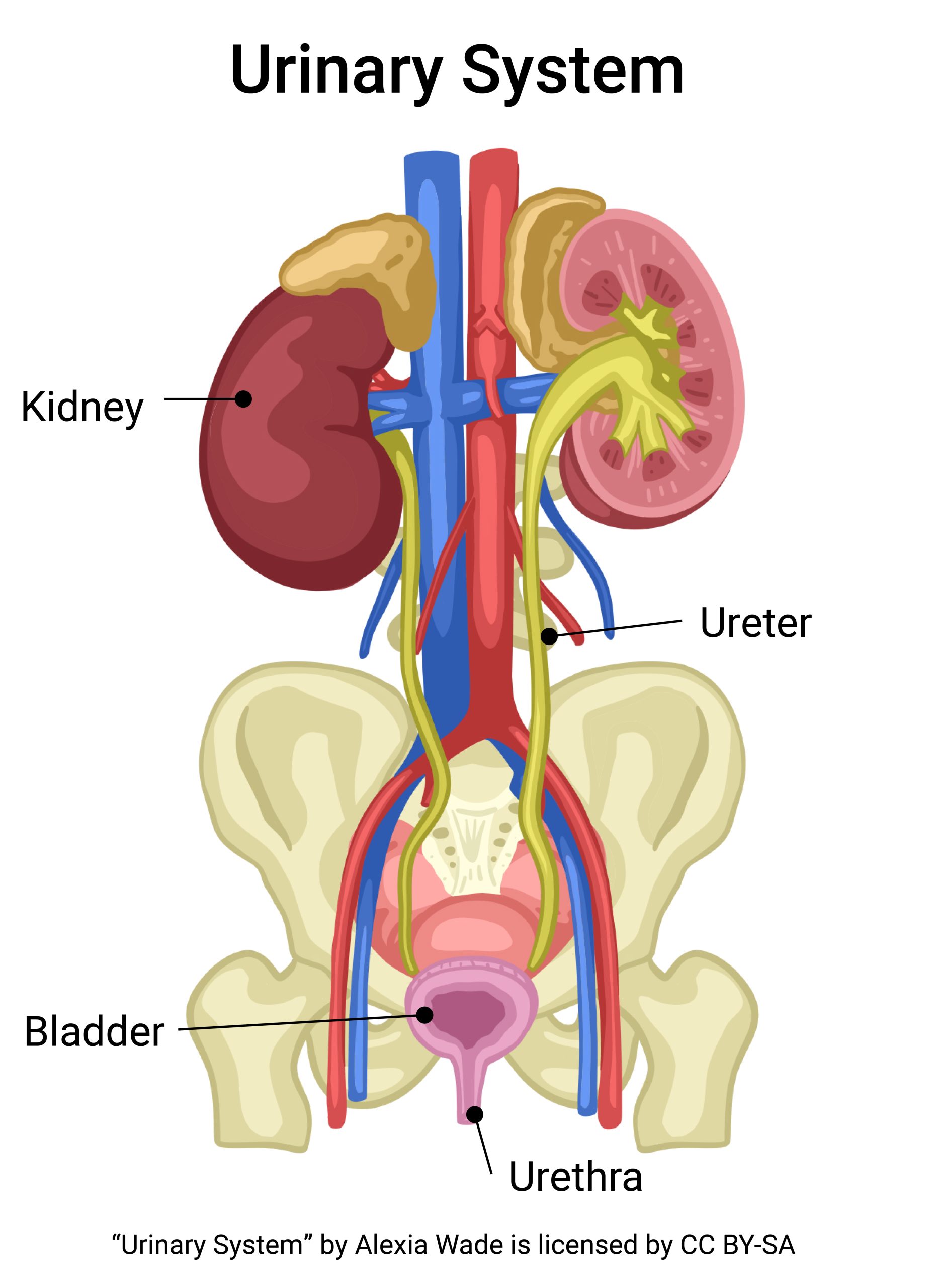
Functions: Produces, stores, and eliminates urine, eliminates wastes and regulates volume and chemical composition of blood, helps maintain the acid-base balance of body fluids, maintains body’s mineral balance, helps regulate production of red blood cells.
Organs/Structures to know: Kidney, ureter, urinary bladder, urethra
Reproductive (Unit 20)
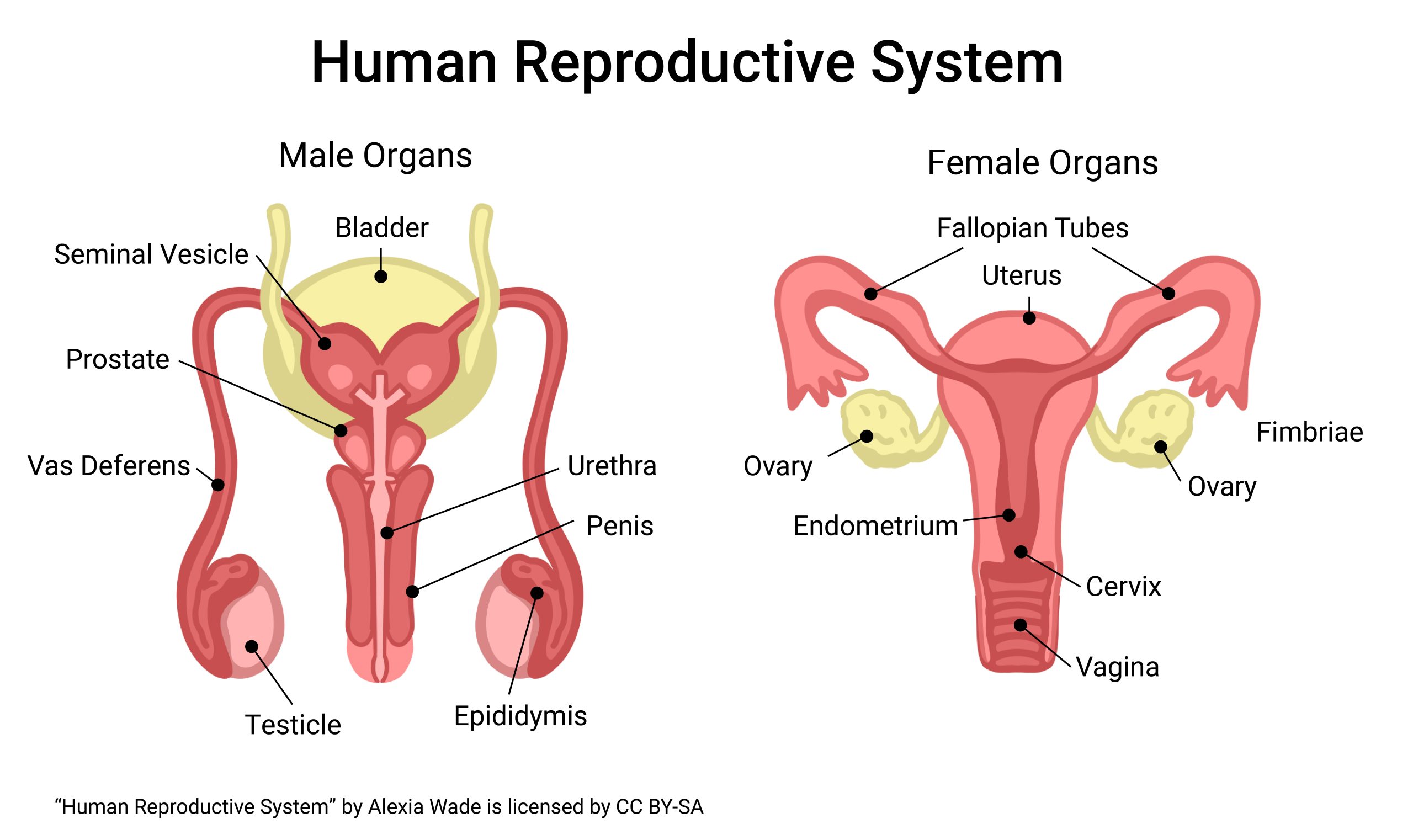
Functions: Gonads (ovaries and testes) produce gametes (sperm or oocytes) that unite to form a new organism; gonads also release hormones that regulate reproduction and other body processes; associated organs transport and store gametes. This is the only organ system which is completely different between the two sexes, male and female. For this reason, differences in these two systems are called the primary sexual characteristics.
Organs/Structures to know: Ovary (♀), uterus (♀), cervix (♀), vagina (♀), testicle (♂), penis (♂)
At the organismal level, the highest level of organization, the various body systems must be integrated.
These systems are responsible for balance in all body systems, a process called homeostasis. We will study homeostasis in detail in the next objective. Now think about what you know about anatomy (the study of structure) and physiology (the study of function).
Structure depends on function, and function depends on structure. Anatomy and physiology are intimately related and the intertwining of these two once-separate fields is a major theme which runs throughout this course.
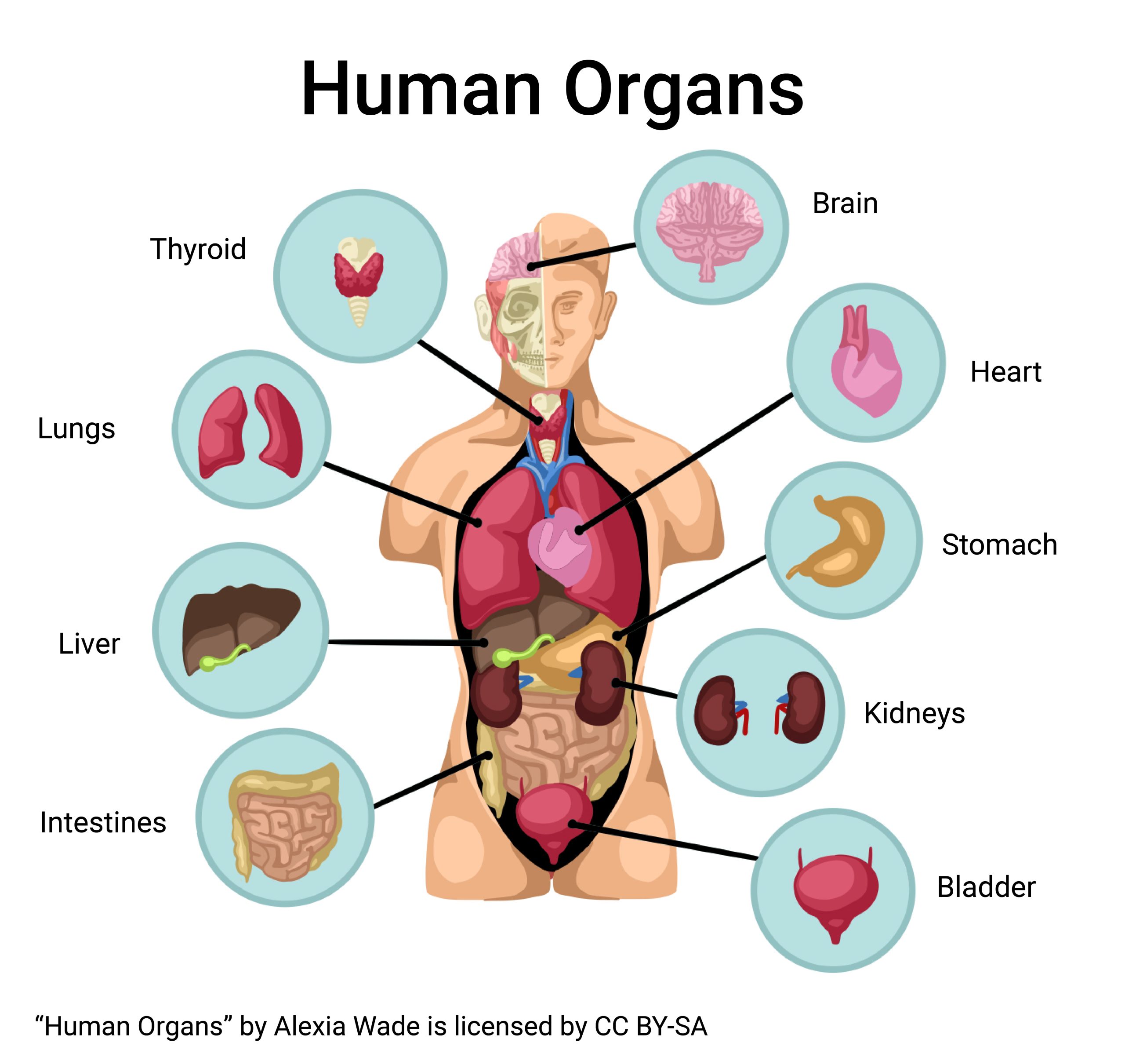
Think about how the chemical, cellular, tissue, organ and system levels of organization are integrated into an entire organism.
Small changes in the balance of each of these, at any level, can cause major problems in the organism, a process called disease, which we will discuss in objective 6. For example, your blood is normally almost 100% saturated with oxygen. If your blood is only 80% saturated with oxygen, you feel quite ill and may die.
Next, we will explore the major organs and structures of the body. The table below is an organized list of the organs/structures you will need to know for this unit. These organs/ structures were listed with each organ system and noted by the images. This table provides more depth regarding the body cavities that they occupy. You should be able to identify these organs and structures and the major body cavity that they occupy.
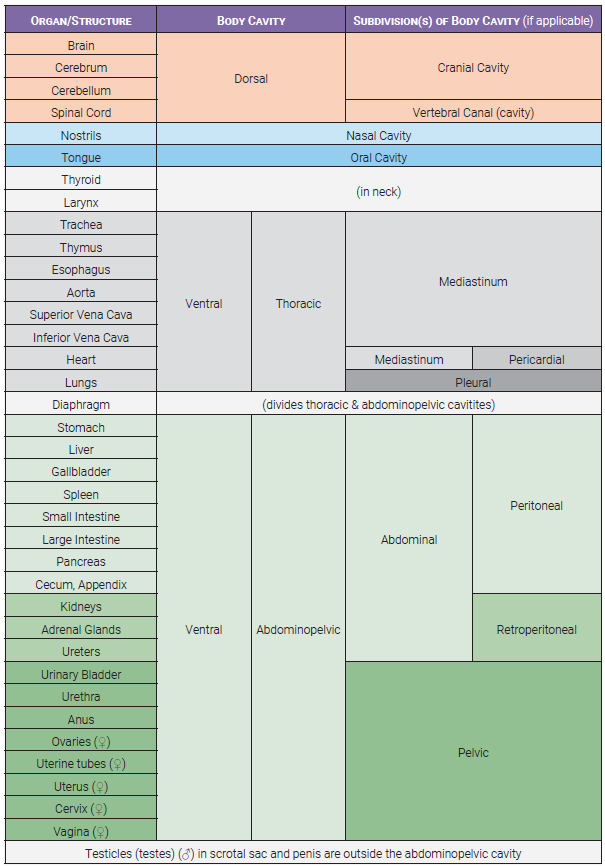
Media Attributions
- U01-027 integumentary system © Wade, Alexia is licensed under a CC BY-SA (Attribution ShareAlike) license
- U01-028 skeletal system no labels © Häggström, Mikael is licensed under a Public Domain license
- U01-029 Axial and Appendicular Skeleton © Betts, J. Gordon; Young, Kelly A.; Wise, James A.; Johnson, Eddie; Poe, Brandon; Kruse, Dean H. Korol, Oksana; Johnson, Jody E.; Womble, Mark & DeSaix, Peter is licensed under a CC BY (Attribution) license
- U10-004 Skeletal Muscle no sample line © Barnett, Cierra Memphiscom is licensed under a CC BY-NC-ND (Attribution NonCommercial NoDerivatives) license
- U01-031 nervous system diagram for Obj 04 overview © Wade, Alexia is licensed under a CC BY-SA (Attribution ShareAlike) license
- U01-032 endocrine system diagram for Obj 04 overview © Wade, Alexia is licensed under a CC BY-SA (Attribution ShareAlike) license
- U01-033 lymphatic system diagram for Obj 04 overview © Wade, Alexia is licensed under a CC BY-SA (Attribution ShareAlike) license
- U01-034 Heart Anatomy with Human Background © Hutchins, Jim is licensed under a CC BY-NC-ND (Attribution NonCommercial NoDerivatives) license
- 2301_Major_Respiratory_Organs © Betts, J. Gordon; Young, Kelly A.; Wise, James A.; Johnson, Eddie; Poe, Brandon; Kruse, Dean H. Korol, Oksana; Johnson, Jody E.; Womble, Mark & DeSaix, Peter is licensed under a CC BY (Attribution) license
- U01-036 digestive system diagram for Obj 04 overview © Betts, J. Gordon; Young, Kelly A.; Wise, James A.; Johnson, Eddie; Poe, Brandon; Kruse, Dean H. Korol, Oksana; Johnson, Jody E.; Womble, Mark & DeSaix, Peter is licensed under a CC BY (Attribution) license
- U01-037 renal diagram for Obj 04 overview © Wade, Alexia is licensed under a CC BY-SA (Attribution ShareAlike) license
- U01-038 reproductive system diagram for Obj 04 overview © Wade, Alexia is licensed under a CC BY-SA (Attribution ShareAlike) license
- U01-039 human organs overview for Obj 04 © Wade, Alexia is licensed under a CC BY-SA (Attribution ShareAlike) license
- U01-040 organs you need to know table © Bizell, Lizz is licensed under a CC BY-SA (Attribution ShareAlike) license

